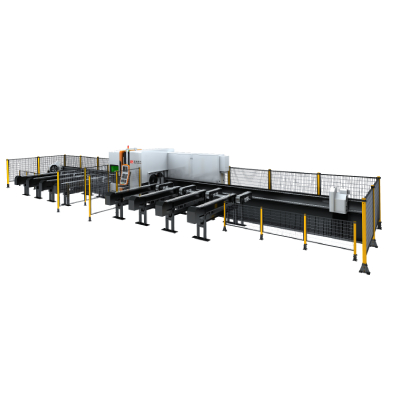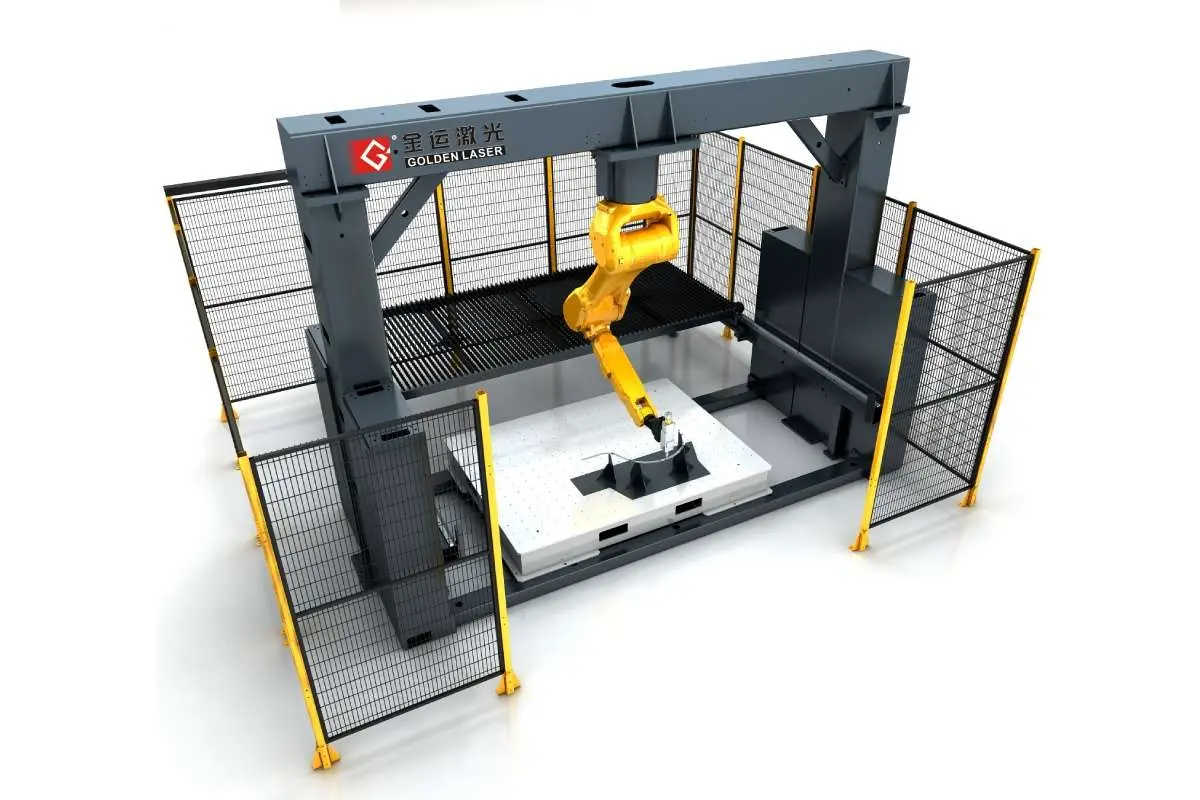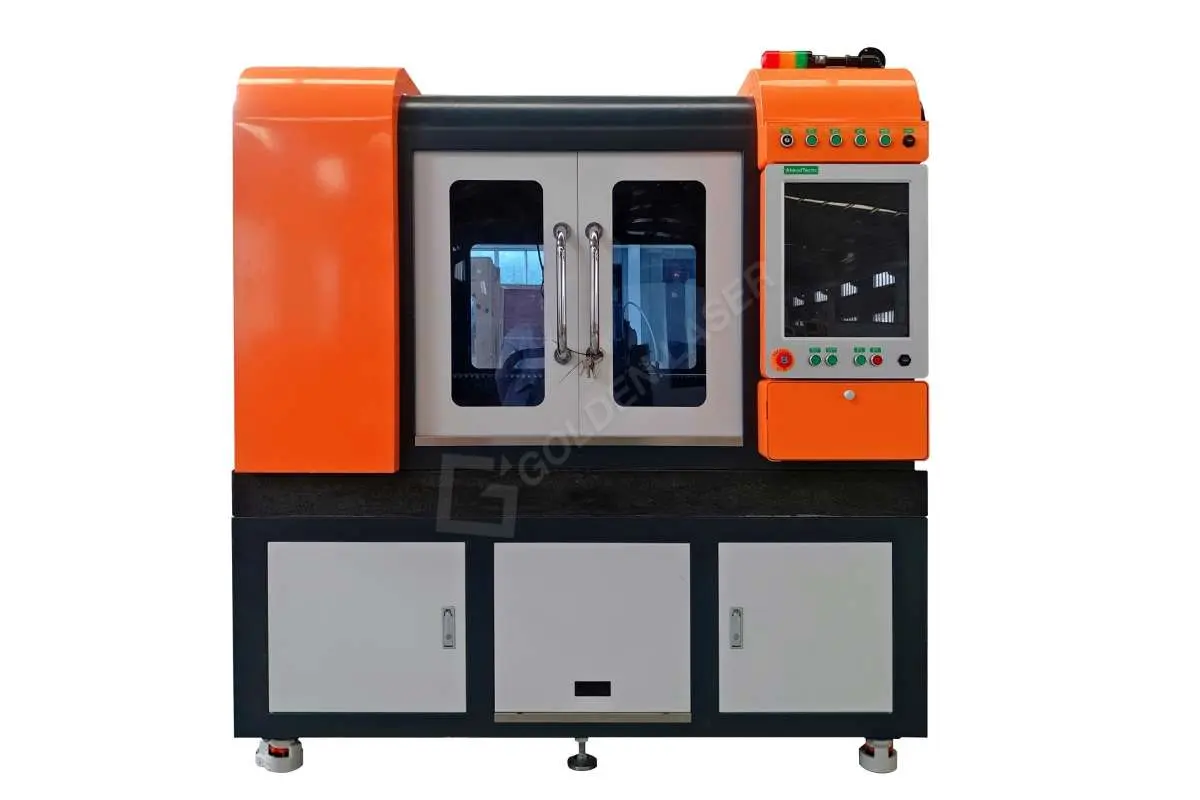****

Exploring the Advantages and Applications of Fiber Laser Metal Machines in Modern Manufacturing and Industrial Processes
In today’s fast-paced manufacturing environment, companies are continuously seeking innovative solutions to enhance productivity, reduce costs, and improve the quality of their products. One of the most revolutionary technologies to emerge in recent years is the Fiber Laser Metal Machine. This advanced tool has transformed the way industries approach cutting, engraving, and marking materials, particularly metals. In this article, we will delve into the features, advantages, and diverse applications of Fiber Laser Metal Machines, shedding light on why they have become essential in modern manufacturing.
What is a Fiber Laser Metal Machine?
A Fiber Laser Metal Machine utilizes a laser beam produced by a fiber laser to cut, engrave, or mark metal surfaces with precision and efficiency. Unlike traditional laser technologies that use gas or CO2 lasers, fiber lasers generate light through a compact, coiled optical fiber doped with rare-earth elements. This technology results in a highly concentrated beam with excellent beam quality, leading to superior cutting performance and versatility across various metals, including stainless steel, aluminum, brass, and titanium.
Advantages of Fiber Laser Metal Machines

Exploring the Advantages and Applications of Fiber Laser Metal Machines in Modern Manufacturing and Industrial Processes
1. **High Precision and Quality**: One of the standout features of Fiber Laser Metal Machines is their ability to produce intricate cuts and designs with remarkable accuracy. The fine beam diameter ensures that laser cutting adheres to tight tolerances, resulting in clean edges and minimal required finishing processes.
2. **Speed and Efficiency**: Fiber lasers operate at high speeds, allowing for faster processing times and increased productivity. This is particularly beneficial in high-volume manufacturing settings where time is often of the essence. The energy efficiency of fiber lasers also means lower operational costs over time.
3. **Low Operating Costs**: Compared to conventional laser machines, Fiber Laser Metal Machines require less maintenance. Their simplified structure results in fewer components that can wear out, thereby reducing the frequency and cost of repairs.
4. **Material Versatility**: Fiber lasers can effectively cut through a diverse range of materials, making them suitable for various applications. Whether it’s thick steel plates or thin aluminum sheets, fiber lasers deliver consistent results.

Exploring the Advantages and Applications of Fiber Laser Metal Machines in Modern Manufacturing and Industrial Processes
5. **Minimal Heat Affected Zone (HAZ)**: The focused nature of fiber lasers ensures that heat generation is minimal, which helps in maintaining the physical and chemical integrity of the workpiece. This is crucial for industries where material properties must be preserved.
6. **User-Friendly Operation**: With advancements in technology, many Fiber Laser Metal Machines come equipped with intuitive interfaces and automation features, allowing operators to quickly learn how to use and program the equipment with ease.
Applications of Fiber Laser Metal Machines
The versatility of Fiber Laser Metal Machines makes them suitable for numerous industries and applications:
1. **Automotive Industry**: They are extensively used to cut and engrave components such as brackets, frames, and decorative elements. Their ability to manage complex geometries and tight tolerances is vital in the automotive sector.
2. **Aerospace**: The aerospace industry demands precision and reliability, making fiber lasers ideal for cutting and manufacturing parts like turbine blades, fuselage panels, and other structural components.
3. **Electronics**: In the electronics industry, fiber lasers are used for marking circuit boards and housing components, as well as cutting thin materials needed for devices.
4. **Medical Equipment**: The medical field benefits from the precision of fiber lasers, which are employed to cut and create surgical instruments and devices with intricate designs.
5. **Arts and Signage**: Beyond industrial applications, fiber lasers are also used in the artistic sector for engraving and cutting complex designs in metal works, signage, and unique art pieces.
Conclusion
In summary, the introduction of Fiber Laser Metal Machines has revolutionized metal processing in manufacturing industries. Their high precision, efficiency, versatility, and cost-effectiveness make them an invaluable asset for companies looking to maintain a competitive edge. As technology continues to advance, we can anticipate further developments in fiber laser technology, leading to even more innovative solutions and applications that enhance the manufacturing landscape. Embracing this technology is not just about keeping up with current trends; it’s also about preparing for the future of efficient, high-quality production. Steel Plate Cutting Machine




